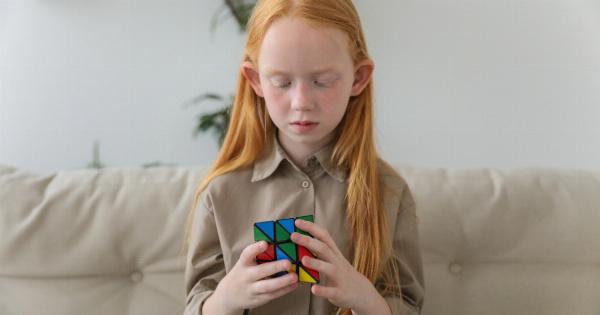Cognitive neuroscience is a multidisciplinary field that combines aspects of psychology, neuroscience, and cognitive science to understand the neural correlates of various cognitive processes.
One area of interest within cognitive neuroscience is the relationship between brain functioning and personality structure. Personality refers to the unique set of characteristics, traits, and patterns of behavior that define an individual.
This article explores the intersection of cognitive neuroscience and personality structure, examining how brain activity and structure can influence personality traits.
1. What is Personality Structure?
Personality structure refers to the underlying organization of personality traits that individuals possess. Traits, which are relatively stable and enduring characteristics, can be measured and categorized into different dimensions.
One commonly used framework is the Big Five model, which includes five broad dimensions of personality: extraversion, neuroticism, agreeableness, conscientiousness, and openness to experience.
2. Brain Imaging Techniques
Advancements in brain imaging techniques have allowed researchers to investigate the neural underpinnings of personality traits.
Functional magnetic resonance imaging (fMRI) is a popular method that measures changes in blood flow associated with neural activity. It provides insights into which brain regions are active during specific cognitive tasks or emotional experiences.
3. Neurotransmitters and Personality Traits
Neurotransmitters are chemical messengers in the brain that play a crucial role in various aspects of cognition, emotion, and behavior.
Research suggests that specific neurotransmitters, such as dopamine and serotonin, are associated with different personality traits. For example, higher levels of dopamine may be related to extraversion and openness, while lower levels may be associated with neuroticism.
4. Structural Brain Differences
Structural brain differences have also been linked to personality traits. Studies using techniques like voxel-based morphometry have found associations between regional brain volume and specific traits.
For instance, individuals with larger prefrontal cortex volumes may exhibit higher levels of conscientiousness and lower levels of impulsivity.
5. Neural Networks and Personality
The brain is composed of interconnected neural networks that collaborate to support various cognitive and emotional processes.
Personality traits are not attributed to a single brain region but rather emerge from the interactions between multiple networks. Understanding these networks and their contributions to personality is a key focus of cognitive neuroscience.
6. Gene-Environment Interactions
Personality traits are also influenced by gene-environment interactions. Certain genetic variations can influence brain structure and function, which in turn shape personality traits.
For example, the serotonin transporter gene has been implicated in both neuroticism and amygdala reactivity to emotional stimuli.
7. Developmental Perspective
Personality traits are not fixed entities but can change and develop over time. Cognitive neuroscience helps shed light on how these changes occur.
Longitudinal studies employing brain imaging techniques have demonstrated changes in brain structure and function that correspond to shifts in personality traits during adolescence and adulthood.
8. Clinical Applications
The study of cognitive neuroscience and personality structure has important implications for clinical psychology and psychiatry.
Understanding the neural mechanisms underlying different personality disorders can aid in the development of targeted interventions and treatments.
9. Future Directions
As technology advances, cognitive neuroscience will continue to deepen our understanding of the complex relationship between brain functioning and personality structure.
Emerging techniques, such as functional connectivity MRI, offer new insights into the dynamics of neural networks and their role in shaping personality traits.
10. Conclusion
Cognitive neuroscience provides valuable insights into the neural basis of personality structure. By investigating brain activity and structure, researchers can uncover the mechanisms underlying different personality traits.
This interdisciplinary field has the potential to contribute to a better understanding of human behavior, cognition, and individual differences.




























